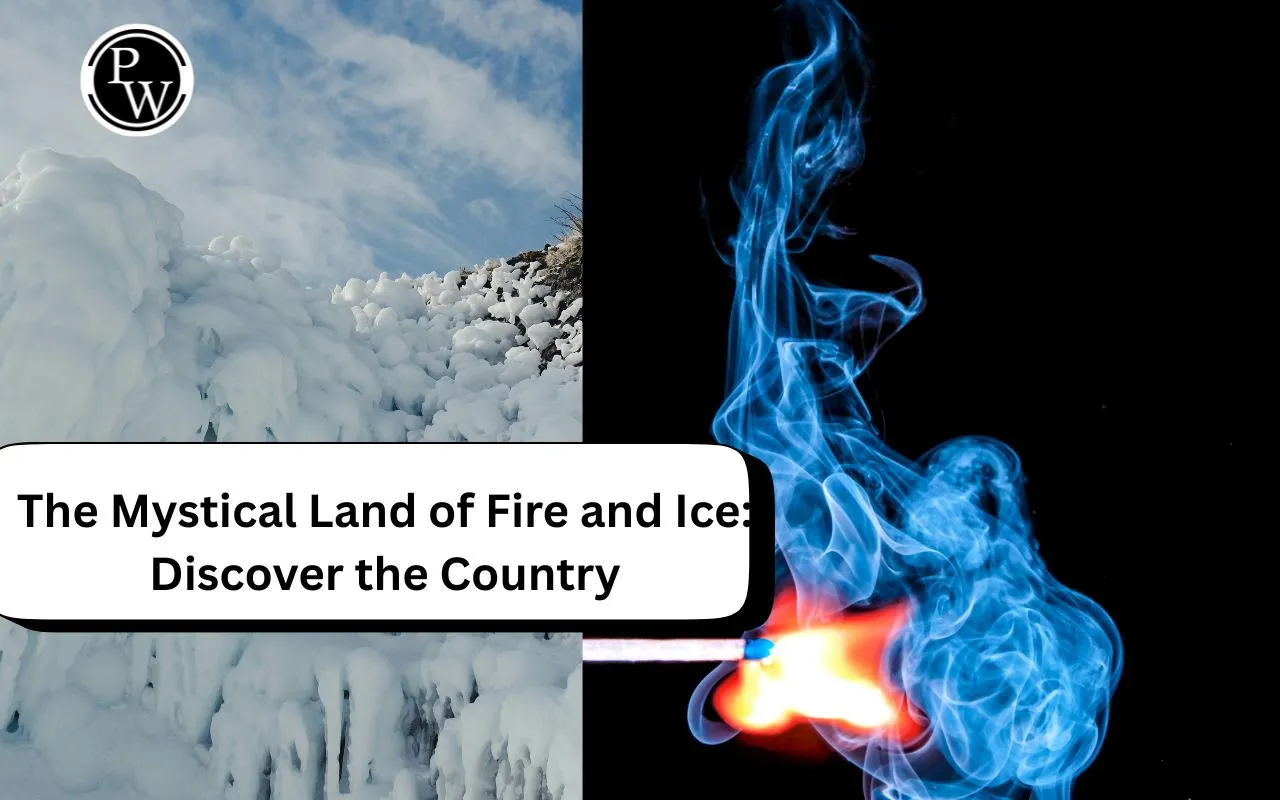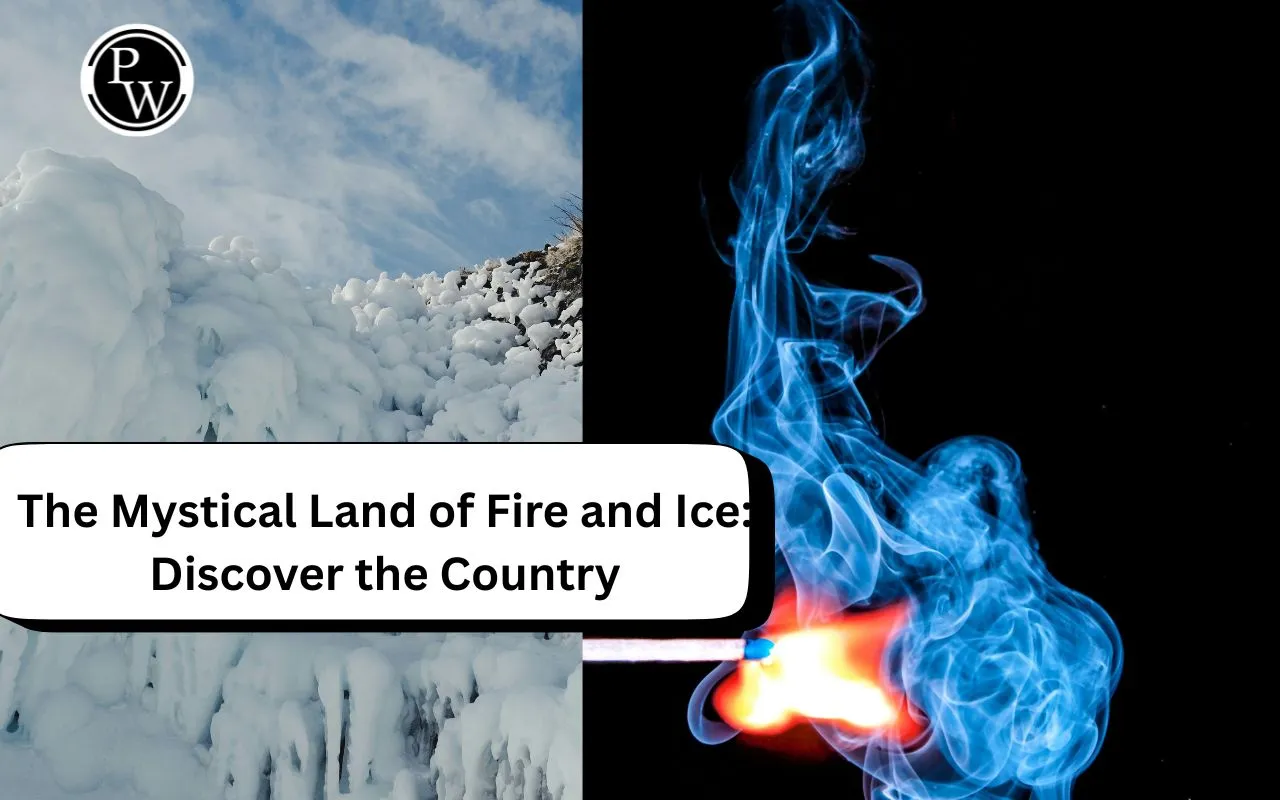

Land of Fire and Ice: Iceland is called the Land of Fire and Ice because it has huge glaciers and active volcanoes together. Its land changes between icy blue glaciers, snowy mountains, and hot areas with volcanoes and lava. This amazing mix of ice and fire affects Iceland’s culture, energy, tourism, and how the world sees it. The name shows Iceland’s rare and beautiful nature, where fire and ice exist side by side.
Why Iceland is Called the Land of Fire and Ice
Iceland sits on a big crack in the Earth called the Mid-Atlantic Ridge, which causes volcanoes and hot lava. At the same time, its northern location and cold oceans allow huge glaciers and ice to form. This mix of fire (volcanoes) and ice (glaciers) gives Iceland its unique name.
Volcanoes
Iceland has many active volcanoes. They erupt sometimes, showing the country’s fiery side. The lava from eruptions has shaped mountains, fields, and islands over thousands of years. Volcanoes also make the soil fertile and create hot springs.
Glaciers and Ice Fjords
Huge glaciers cover much of Iceland. Ice fjords are long, narrow inlets with tall cliffs, showing the icy side. Glaciers carve the land, forming rivers and frozen lakes that change with the seasons. Winter makes Iceland look like a magical, snowy wonderland.
Location
Iceland is on the Mid-Atlantic Ridge. This makes it have both volcanic activity and glaciers. The meeting of tectonic plates causes earthquakes and eruptions, while the cold northern climate keeps the glaciers big and strong.
Amazing Facts About Fire and Ice
1. Europe’s Biggest Glacier
Vatnajökull is the largest glacier in Europe. It covers a big part of Iceland and has valleys, lakes, and even volcanoes under the ice. The glacier changes shape all the time, creating new ice formations every year.
2. Land of Many Hot Springs
Iceland has hundreds of hot springs. Some are famous and part of fancy spas, while others are hidden in the mountains. They are great for relaxing and enjoying nature.
3. Very Active Volcanoes
Iceland has many active volcanoes. They have shaped the land for thousands of years. The 2010 eruption of Eyjafjallajökull even stopped flights around the world, showing how strong these volcanoes are.
4. Runs on Renewable Energy
Iceland uses mostly geothermal energy and hydropower instead of coal or oil. This makes it one of the greenest countries in the world. Engineers from other countries study Iceland’s clean energy system.
